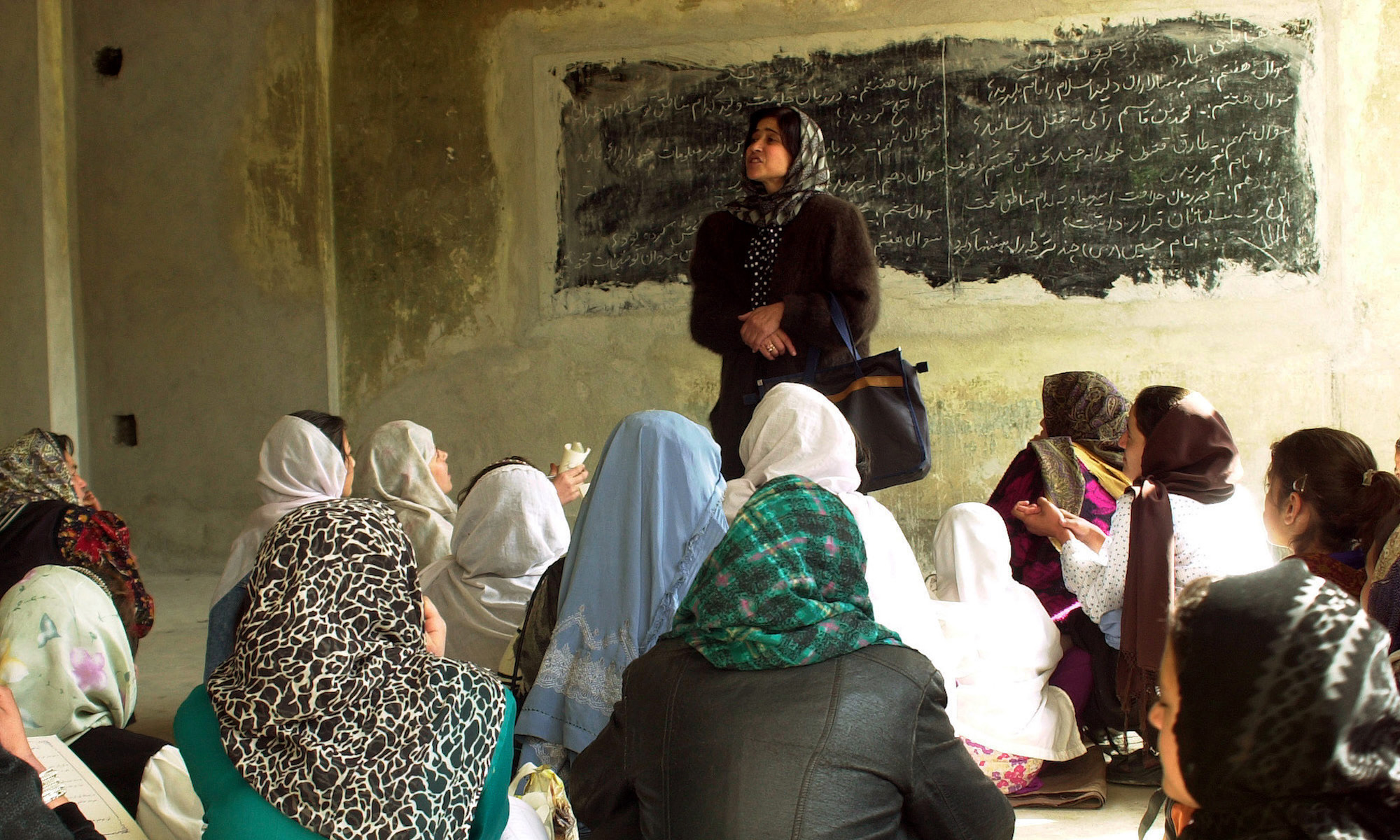The DDR process that took place in Lebanon after the internal wars (1975-89), based on the Ta’if Accord (1989), was not co-ordinated by any international organisation. This paper assesses the reintegration of a number of combatants of one of the militias, the Lebanese Forces, placing particular emphasis on the context in which it unfolded. A programme of reintegration into the Lebanese Armed Forces (LAF) was proposed to the ex-combatants, but because of the high number on one side and because of the situation within the LAF itself (a pluri-religious organisation under reorganisation) this programme had little effect on the process. Instead the majority of the ex-combatants came to rely on their family and network established within the militia for their social and economic reintegration. This study finds that there has been little rupture between life as combatants and life as civilians. Three contextual factors were particularly important: the small size of the country, the rhythm of the war where periods of combat alternated with periods of calm, and the close contact combatants managed to keep with their family, work, schools and universities. A key lesson for DDR processes more generally stems from the study: DDR initiatives are likely to be most effective when they work alongside and augment indigenous positive social processes contributing to reintegration.

INSCT Postconflict Research Database
The Institute for National Security and Counterterrorism's Postconflict Research Database & Analysis Project stores cross-indexed bibliographic information on hundreds of journal articles, books, book chapters, and case reports that address the broad, interdisciplinary fields of postconflict reconstruction, stabilization, and peacebuilding.
31 Replies to “Reintegration and the relevance of social relations: the case of Lebanon”
Comments are closed.